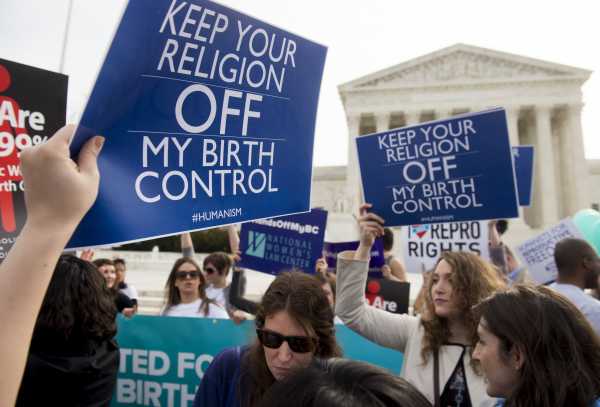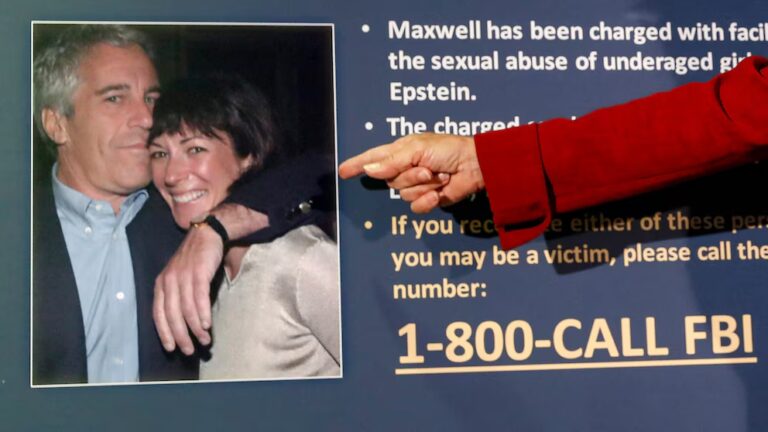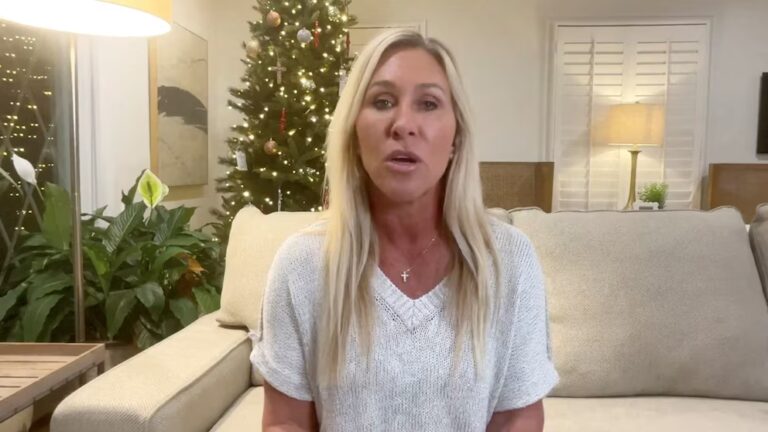
One day after the midterm elections, the Trump administration released final rules allowing employers to opt out of providing health insurance that covers birth control.
The administration has been chipping away at the contraceptive mandate in the Affordable Care Act, which requires most employers to offer insurance that covers birth control, for more than a year. Under President Barack Obama, religious employers could already seek an exemption to the mandate.
But in October 2017, the Department of Health and Human Services (HHS) released interim rules allowing almost any employer, religious or not, to get an exemption. The final rules are essentially identical to the interim versions and are intended to be permanent, though they are likely to be challenged in court.
More broadly, HHS under President Donald Trump has made rollbacks of birth control coverage a core part of its agenda. These rollbacks have been “part of their plan to dismantle ACA from the very beginning,” Mary Alice Carter, executive director of Equity Forward, a reproductive rights watchdog group, told Vox.
Through the ACA and other channels, the Obama administration worked to make contraceptive care part of comprehensive health care for Americans. The Trump administration, meanwhile, has worked systematically to break down that legacy.
The new rules are the latest chapter in a long effort to let large numbers of employers opt out of birth control coverage
Under Obama, religious houses of worship were exempt from the contraceptive mandate, as Vox’s Sarah Kliff and Dylan Scott noted last year. Religious hospitals and universities could file paperwork to seek an accommodation, and in Burwell v. Hobby Lobby in 2014, the Supreme Court ruled that “closely held” private businesses should be allowed to seek an accommodation as well. Under the accommodation, employees still received coverage for birth control, but it came directly from the insurance company, not from the employer.
In October 2017, the Trump administration greatly expanded the number of companies that could get an exemption. That month, HHS issued an interim rule allowing large, publicly traded companies to opt out of the mandate on religious grounds. Another rule allowed some employers to claim an exemption due to a moral, non-religious objection to contraception. Employers that claimed the exemption would be allowed to simply drop birth control coverage for their employees — it would not be provided directly to them through insurers as it was under the Obama-era accommodation.
The interim rules were challenged by the attorneys general of California and Pennsylvania, and judges have blocked their enforcement while the cases work their way through the courts.
On Wednesday, HHS issued two final rules that are nearly identical to the interim rules. One rule allows essentially any non-government employer — including large, publicly traded businesses — to get an exemption on the basis of “sincerely held religious beliefs.” The other allows nonprofits and small businesses, but not publicly traded businesses, to get an exemption on the basis of “non-religious moral convictions.” In a fact sheet on the rules, HHS stated that they “provide conscience protections to Americans who have a religious or moral objection to health insurance that covers contraceptive methods.”
Final rules had been expected for some time. In late October, Robert Pear of the New York Times wrote that it was unclear whether they would come before or after the midterm elections. Ultimately, they were made public just one day after polls closed. The timing may have been calculated — as Pear noted, the mandate is popular, and announcing broad exemptions before the midterm elections might have hurt Republican candidates.
The final rules are slated to take effect in January, but, like the interim rules, they’ll probably be challenged in court.
If they do take effect, the public won’t know how many employers choose to take advantage of the exemptions, or how many employees are affected. The rules don’t require employers to file any paperwork with the government to get an exemption — all they’ll have to do is notify their insurance company. There’s no standard for determining whether an employer’s religious beliefs or moral convictions merit an exemption — any employer that decides to opt out can do so.
“That’s part of the point,” said Adam Sonfield, a senior policy manager at the Guttmacher Institute, a reproductive rights research group. “They’re trying to say that there can’t be a standard for who can have a religious objection or a moral objection.”
The rules are part of a larger pattern of opposition to birth control access
The administration’s appointments to HHS and to the White House staff made its attitudes toward reproductive health care clear from the very beginning. Matthew Bowman, an HHS lawyer who reportedly helped draft the interim rules on birth control, previously worked for the anti-abortion group Alliance Defending Freedom and once called the contraceptive mandate “the HHS abortifacient mandate.”
Katy Talento, a White House domestic policy aide who also reportedly worked on the rules, has claimed that birth control causes cancer and miscarriages. Steven Valentine, chief of staff for the Office of the Assistant Secretary for Health within HHS, which oversees federal family planning funds, once worked at the Susan B. Anthony List, an anti-abortion group.
“HHS is completely stacked from top to bottom with people who are anti-abortion and anti-reproductive health care,” Carter said.
That attitude has come through in public statements from HHS. In its explanation of the interim rules, HHS questioned whether birth control actually works, and argued that it could lead to risky sex — neither of which is supported by science.
A skepticism around birth control has also been evident in HHS policy, beyond the exemptions to the contraceptive mandate. Earlier this year, the department issued new guidelines for granting Title X family planning funds to health care providers — the guidelines emphasize the importance of “natural family planning,” which, as the Associated Press notes, includes the rhythm method and others that don’t involve contraceptives.
The guidelines also emphasize the importance of providers that focus on just one form of birth control, leading reproductive health advocates to worry that family planning dollars will be redirected away from Planned Parenthood and other full-service clinics to providers that only teach natural family planning, a method that is typically not as effective as birth control pills or other hormonal contraceptives.
HHS also issued new guidelines this year for federal teenage pregnancy prevention grants, which favor programs that promote abstinence rather than a full range of contraceptive choices.
Overall, the Trump administration has consistently used its power, whether through grants or insurance regulations, to direct money away from contraception. The thinking at HHS is, “we know we can’t stop people from accessing abortion or birth control legally yet,” Carter said, “so we’ll find a way to do it administratively through access to insurance coverage.”
Whether the administration’s latest effort to roll back birth control access succeeds depends on what happens in court — especially in Pennsylvania, where a judge said that the interim rules were of “remarkable breadth” and went against the ACA. But regardless of what happens in that case, it’s unlikely to be the last time the HHS under Trump tries to undo the work the Obama administration did to make birth control an affordable, accessible part of health care for Americans.
Sourse: vox.com






